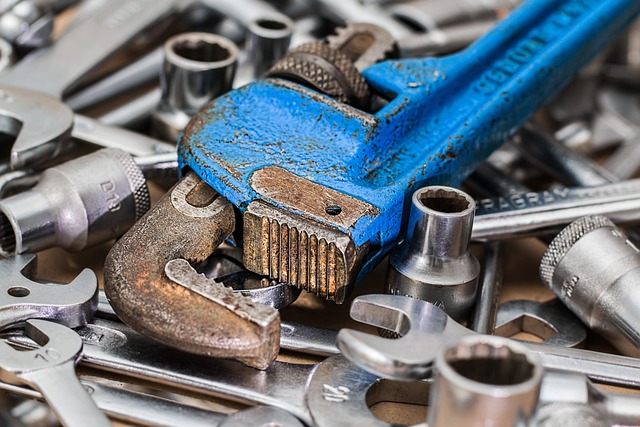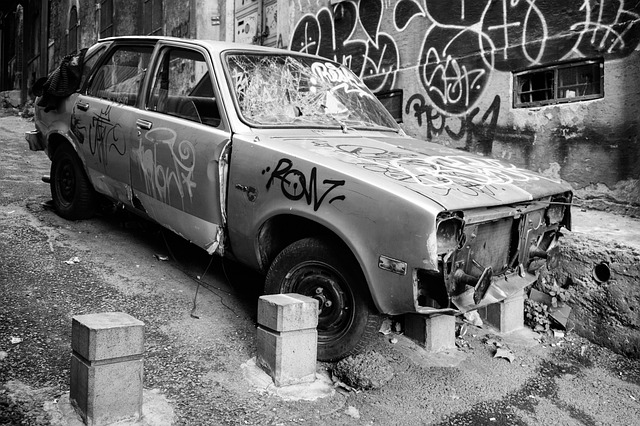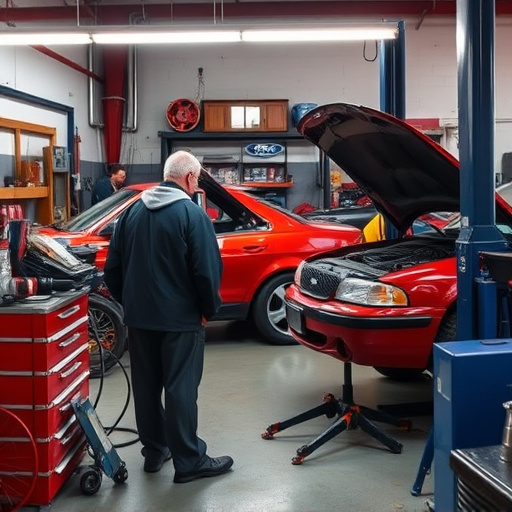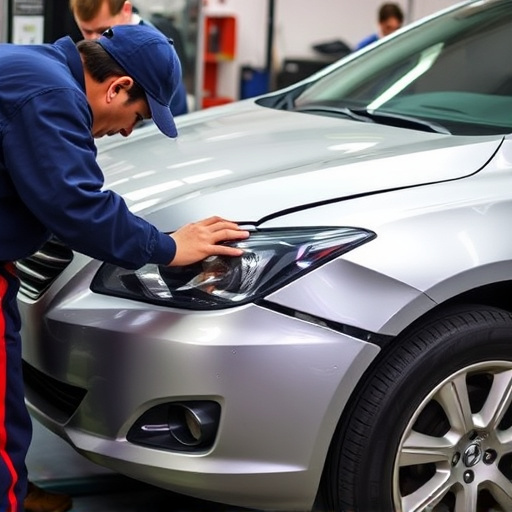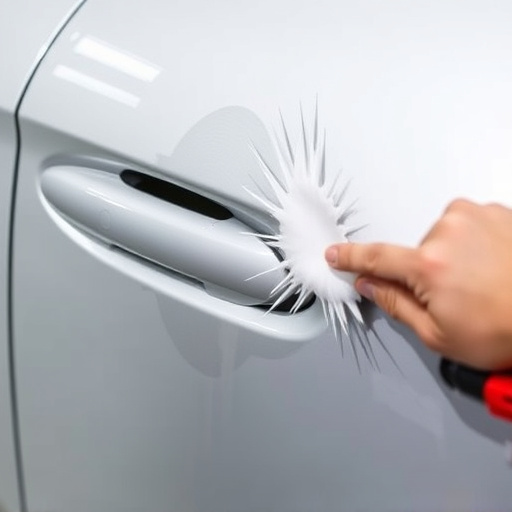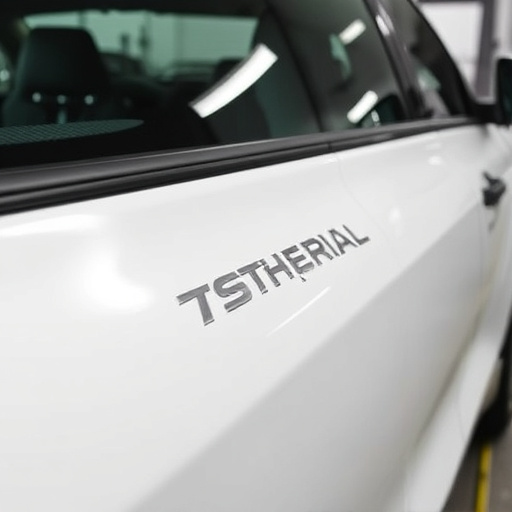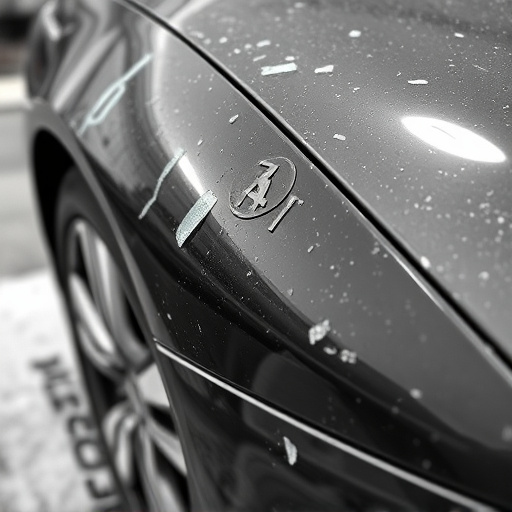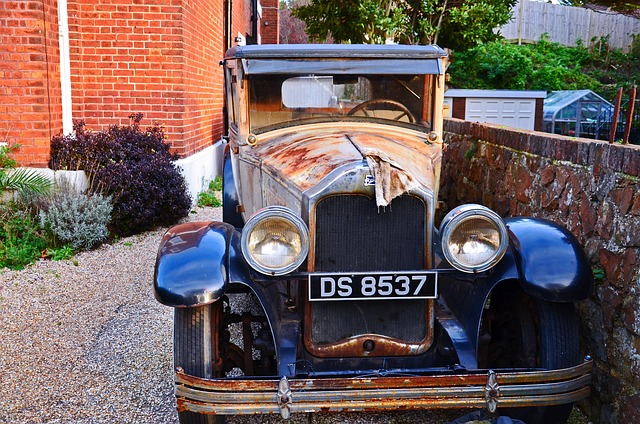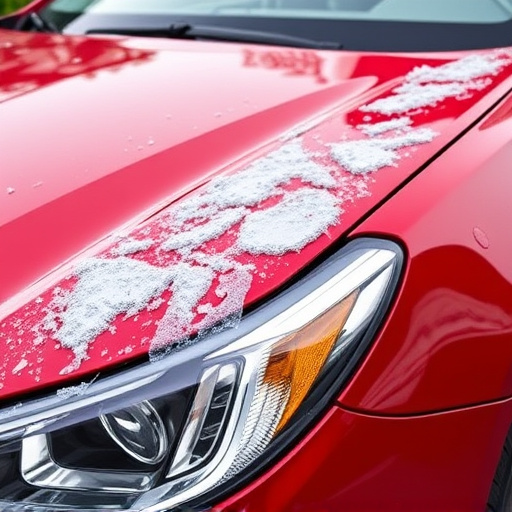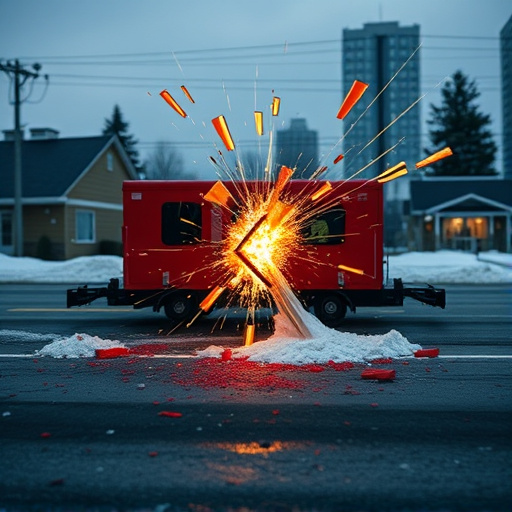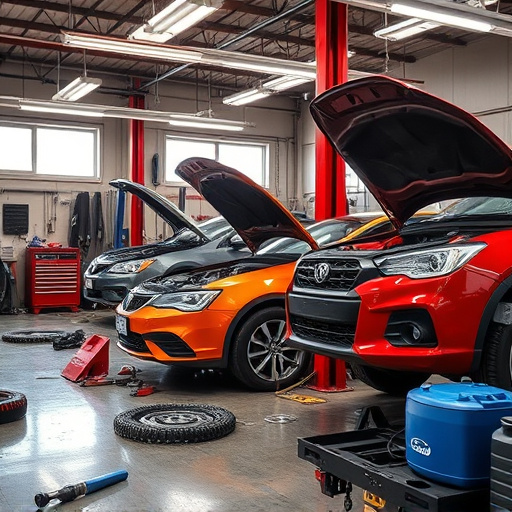TL;DR: After a vehicle accident, inspecting for cooling system accident damage is crucial. Look for visible indicators like leaks, stains, and bulging hoses. Unusual engine noises, especially overheating, signal potential issues. Early detection through comprehensive auto body examinations prevents secondary damages caused by heat and moisture exposure. Prompt diagnosis and repair by skilled mechanics prevent costly breakdowns, optimize vehicle performance, and ensure safety.
Post-accident vehicle inspections are crucial for identifying potential cooling system issues. This comprehensive guide explores the warning signs of cooling system damage after a collision, equipping drivers with essential knowledge for safety and efficiency. By recognizing physical indicators like leaks, discoloration, and unusual noises, you can understand common post-accident failures. Prompt diagnosis and repairs are vital to prevent overheating, mechanical failure, and ensure your vehicle’s longevity, especially in challenging driving conditions.
- Recognizing Physical Indicators of Cooling System Damage
- Understanding Common Post-Accident Cooling System Failures
- The Importance of Prompt Diagnosis and Repairs for Safety and Efficiency
Recognizing Physical Indicators of Cooling System Damage
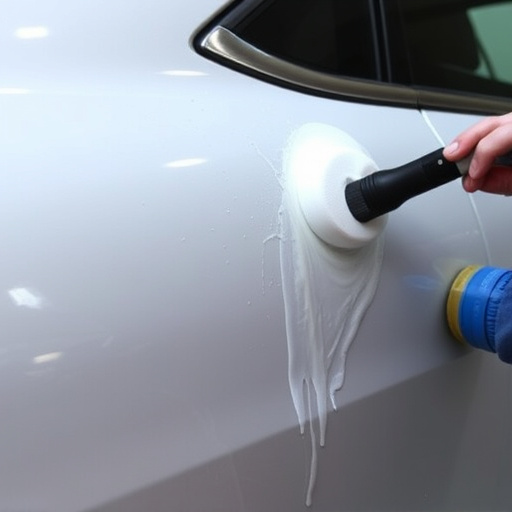
When a vehicle experiences an accident, it’s crucial to pay close attention to any physical indicators of cooling system damage. One of the most noticeable signs is visible leakage from the engine compartment. This can appear as drips or pools of fluid, which might be colored or have a distinctive odor. The coolant, often a mix of water and anti-freeze, can cause stains on the underbody, fenders, or even the sides of the vehicle. Additionally, bulging or distorted radiator hoses, as well as any visible cracks in the cooling system components, are clear signs of potential issues.
Inspecting the exterior for these symptoms is just the first step; internal damage can also manifest as unusual noises coming from the engine during operation. A struggling or overheating engine, despite proper maintenance, could point to a compromised cooling system. Auto body services and fender repair experts often recommend a thorough examination after an accident to prevent further damage, especially when it comes to secondary issues like corrosion or weakened structural integrity caused by prolonged exposure to heat and moisture due to coolant leaks.
Understanding Common Post-Accident Cooling System Failures
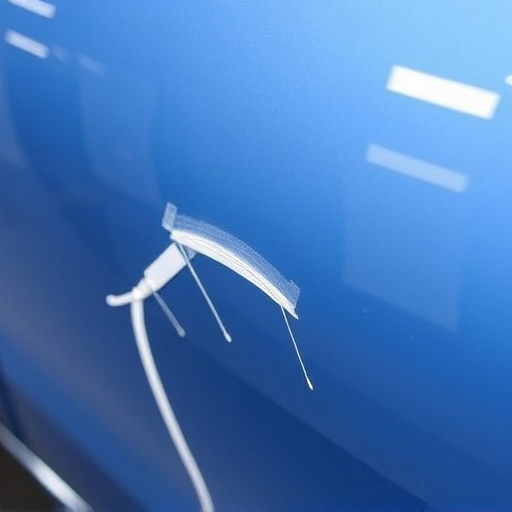
After a car accident, it’s crucial to recognize potential warning signs of cooling system issues. Common post-accident failures often stem from impact-induced damage to vital components. The force of a collision can cause cracks in radiators, head gaskets, or water pumps, leading to overheating and even complete system failure. Even if your vehicle passes initial inspections, subtle signs like unusual noises, increased engine temperature, or coolant leaks could indicate deeper problems that require professional attention.
Prompt diagnosis is key to preventing further damage. Skilled mechanics specializing in car collision repair and vehicle repair services are equipped to assess cooling system accident damage, ensuring comprehensive repairs for optimal performance and safety. Remember, addressing these issues early through thorough car damage repair can prevent costly breakdowns down the road.
The Importance of Prompt Diagnosis and Repairs for Safety and Efficiency
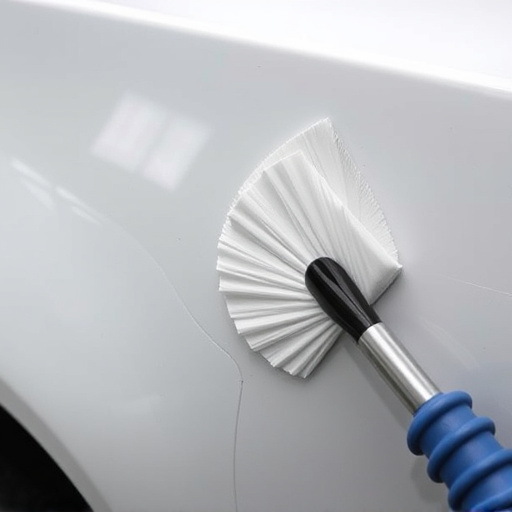
The prompt diagnosis and repair of cooling system issues after an accident are paramount for both safety and efficiency reasons. A malfunctioning or damaged cooling system can lead to severe consequences, including overheating of the engine, reduced performance, and even catastrophic failure. This is particularly true in vehicles that have sustained accident damage, where hidden internal components might be compromised.
Early detection through thorough inspections and timely repairs not only prevents these potential hazards but also ensures optimal vehicle performance. Prompt action on cooling system accidents allows for the preservation of auto bodywork integrity, preventing further car damage repair complexities down the line. This is essential in maintaining the overall efficiency and reliability of the vehicle, ensuring it remains a safe mode of transport.
Identifying the warning signs of post-accident cooling system issues is crucial for maintaining vehicle safety and efficiency. By recognizing physical indicators and understanding common failure points, drivers can ensure prompt diagnosis and repair. This proactive approach not only enhances overall performance but also prevents more serious problems down the line, making it an essential step in vehicle maintenance after any incident involving accident damage to the cooling system.
